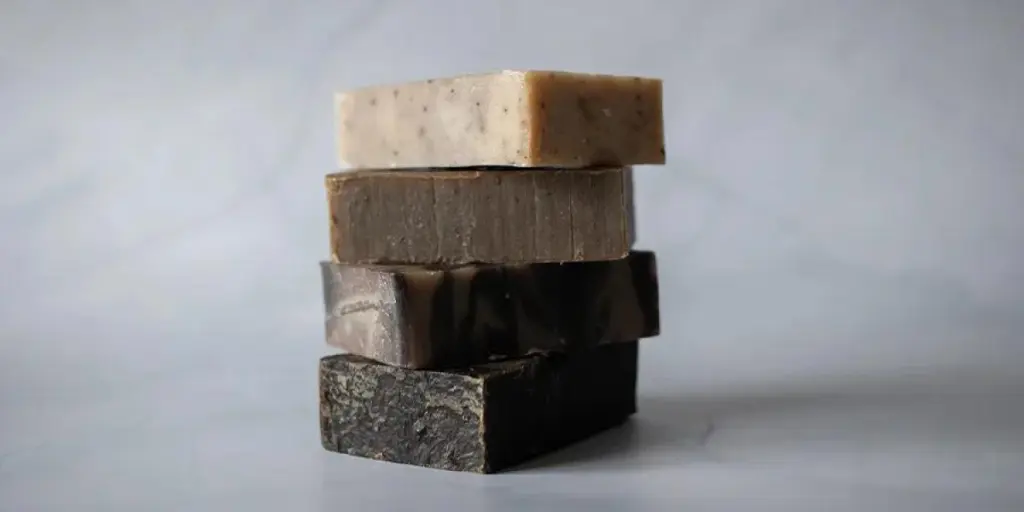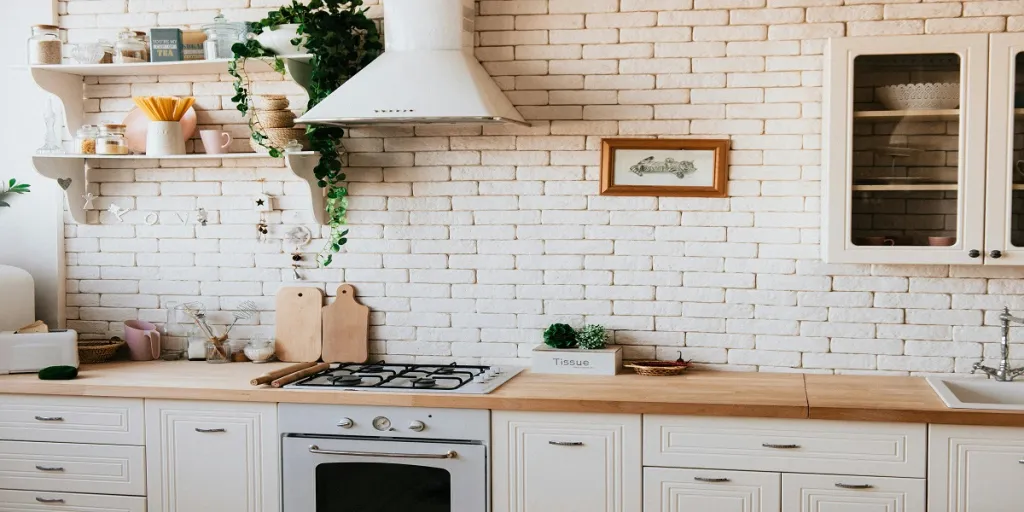If consumers love flaky biscuits, buttery pie crusts, or crumbly streusel toppings, a good pastry blender can be a game-changer in their kitchens. Although it’s a fairly simple tool, it saves bakers and home chefs from messy, unevenly mixed dough and possibly a less-than-perfect pastry experience.
But what do people look for when deciding which pastry blender to buy? These tools can handle many tasks, so consumers will have requirements before purchasing one. This article will give retailers insights into features attracting anyone hoping to buy a pastry blender in 2025.
Table of Contents
What can pastry blenders do when baking?
What consumers look for in pastry blenders
1. Comfortable handles
2. Blades vs. wires
3. Construction and durability
4. Ease of cleaning
5. Versatility in the kitchen
6. Aesthetics and style
Bottom line
What can pastry blenders do when baking?
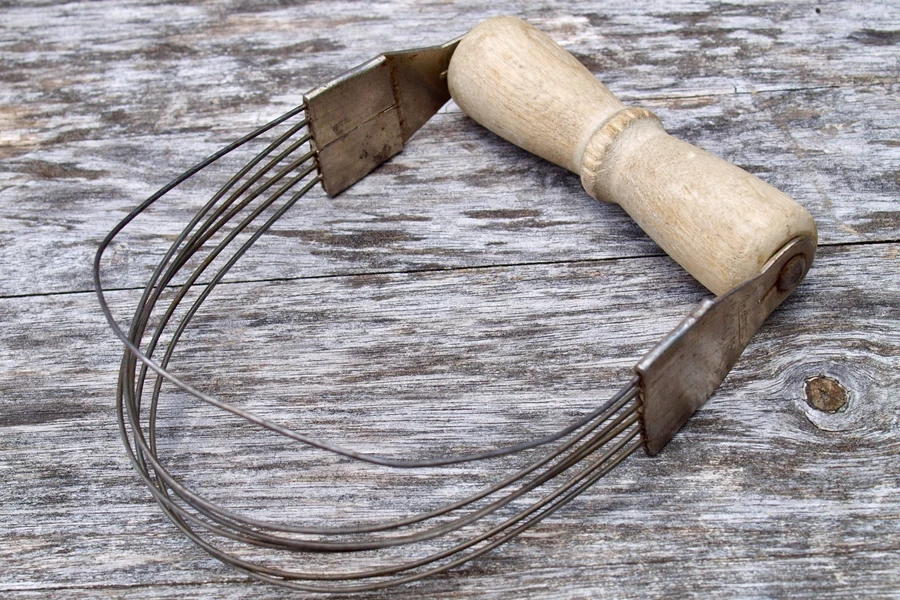
A pastry blender (sometimes called a dough blender) easily cuts cold butter (or other fats) into flour. The goal is to create small, pea-sized pieces of fat that help dough bake into light, flaky layers. Of course, consumers can do this step with knives or even their fingers, but manufacturers shape pastry blenders specifically to make the job faster, neater, and more consistent.
Here are three benefits that make pastry blenders worth it for bakers and home chefs:
- Consistency in size and distribution of fat leads to better texture.
- It keeps the fat cool by minimizing direct contact with your hands.
- It’s usually quicker and less messy than other methods.
What consumers look for in pastry blenders
1. Comfortable handles

One of the biggest things consumers check first is how the pastry blender feels in their hands. Cutting butter into flour (or any food mashing) takes a few minutes, especially if consumers are preparing large batches or dealing with particularly cold butter. So, they’ll love the following features that make the process less stressful on the hands:
- Ergonomic grip: Consumers often look for a rounded or slightly contoured handle so it doesn’t dig into their palms.
- Material choices: Pastry blender handles can feature stainless steel, plastic, wood, or silicone. Silicone and rubber-coated handles can provide a better grip, especially if the user’s hands are slightly wet or greasy.
- Sturdiness: A flimsy handle that might bend or break under pressure is a no-no. Remember that quality builds confidence.
2. Blades vs. wires
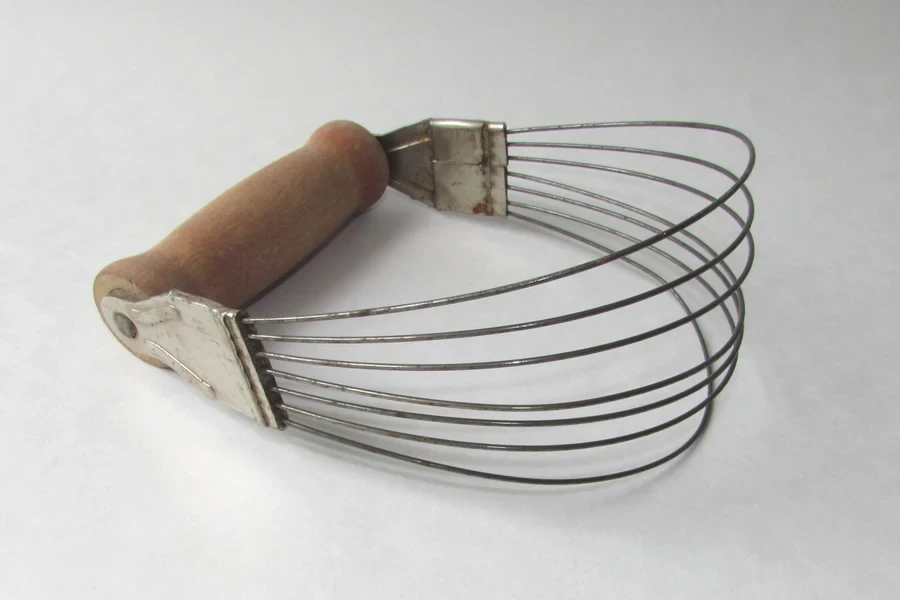
Pastry blenders generally come with metal wires or blades (some also call blades “wires”). Both styles work, but they can perform a little differently. Here’s how:
- The wire style is the classic option. It uses thick metal wires in a curved shape, which can be great for lighter doughs and is typically easier to push through dry ingredients. However, hard or large chunks of butter (or food) might bend thinner wires over time.
- On the other hand, blade-style pastry blenders feature flat, sturdy metal strips. They can handle denser or harder fats (like chilled butter straight from the freezer) with less risk of bending. However, they might require a bit more effort to push through the dough.
3. Construction and durability
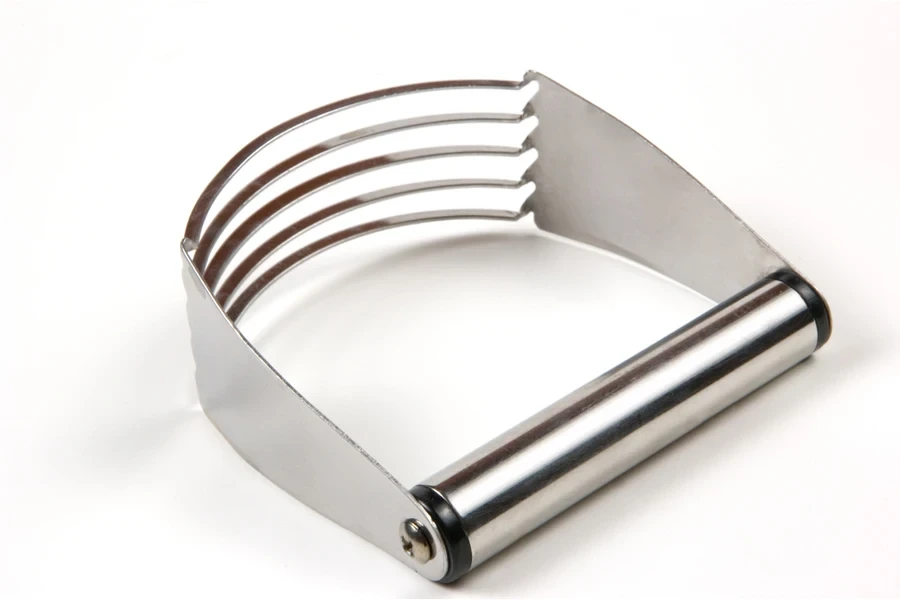
No one wants their pastry blender to fall apart during a baking or cooking session. Consumers often check for signs of solid construction when comparing different brands or models. Here’s what they may look for:
- Secure attachment: They’ll check if the wires or blades are firmly attached to the handle. Loose or wobbly connections can result in a tool that barely lasts a few uses, meaning they’ll return it or not buy it after reading negative customer reviews.
- Reputable materials: Stainless steel is the most common and generally reliable. It resists rust and holds its shape under pressure.
- Reinforcements: Some pastry blenders feature extra bars or reinforcements along the base to add strength where consumers need it the most.
What consumers are probably thinking: “If I pay decent money for a pastry blender, I expect it to stand the test of time—even if I’m making pies every weekend.”
4. Ease of cleaning
Pastry dough can be messy, especially after consumers work cold butter into a sticky flour mixture. Washing up can become annoying, so many consumers check how easy it is to clean their pastry blenders after use.
- Dishwasher safety: Some pastry blenders have dishwasher-safe labels, which is a huge plus for busy home bakers. So, consider offering more of these options if those are your target customers.
- Open and accessible design: Consumers love a design with wires or blades spaced to allow them to rinse food debris easily.
- Fewer nooks and crannies: Intricate designs might look fancy, but they can trap dough, making cleanup a pain. Consumers will likely choose simpler designs unless they are shopping for novelty.
5. Versatility in the kitchen

While a pastry blender’s main job is to combine butter and flour, many bakers like tools that can handle other tasks. For instance, some might use their pastry blender to mash avocados for guacamole or crumble toppings for casseroles.
For this reason, these handheld tools have incredible multi-use potential. A sturdy pastry blender can mash softened fruits, mix biscuits, blend streusel toppings, dice boiled eggs, or even break up ground meat in a pinch. Even better, a few specialty models come with features like integrated scrapers or measuring guides, though these are less common.
6. Aesthetics and style
Though functionality is king, a growing segment of home bakers care about the appearance of their tools. This is especially true if they frequently share cooking adventures on social media or just want to maintain a certain vibe in the kitchen. Here are some elements that may appeal to them:
- Colorful handles: Some pastry blenders come with brightly colored or patterned handles that can match other kitchen accessories.
- Sleek designs: Stainless steel or modern minimalistic designs can appeal to those who love a streamlined look.
- Retro vibes: Wooden handles might charm bakers looking for a nostalgic or rustic feel.
Bottom line
A pastry blender might look unassuming, but it’s often the secret behind tender biscuits and beautifully flaky pie crusts. When people shop for one, they usually look for a comfortable handle, sturdy construction, easy cleanup, and—of course—a price that fits their budget.
Focusing on these key factors (comfort, durability, ease of use, and value) helps ensure retailers stock pastry blenders that address what consumers want and care about.

